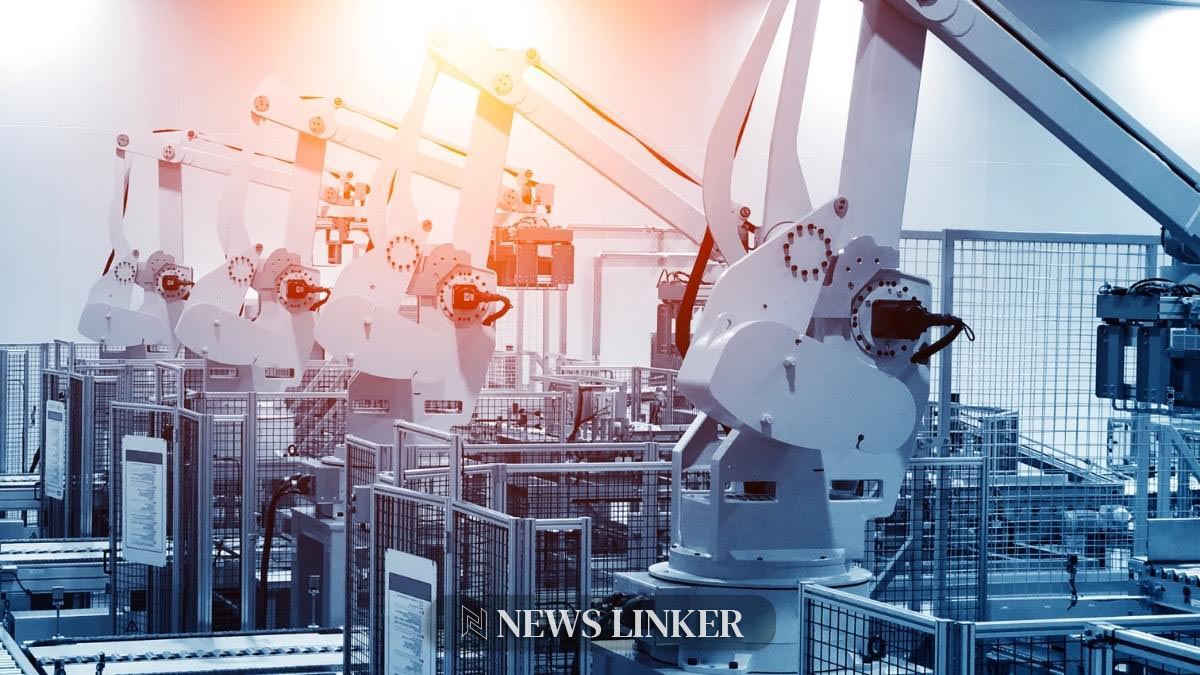ASTM International’s appointment of Andrew G. Kireta Jr. as the new president, starting May 1, 2024, marks a significant transition in leadership. Kireta, who will take over from the retiring Katharine Morgan, comes with a substantial background in standards development and a deep understanding of the organization, setting the stage for continuity and innovation in ASTM’s future endeavors.
The announcement of Kireta’s presidency comes after a period of considerable activity for ASTM International, especially in the robotics sector. Over the years, ASTM has been at the forefront of developing standards across diverse industries, increasingly focusing on the integration of technology in society. The organization, known for its role in improving public health and safety, has previously made headlines for its work in robotics and other advanced fields. This has included the development of standards for robotic grasping, manipulation, and even the use of robots in construction, reflecting the evolving intersection of technology and industry standards.
What Is Kireta’s Background?
Assuming the presidency of ASTM International, Andy Kireta brings a wealth of experience from his tenure as president and CEO of the Copper Development Association. Kireta has been a member of ASTM since 1998 and joined its board of directors in 2014, serving in several key positions, including as the chair of the board. His executive experience and familiarity with ASTM’s mission and values poise him to carry on the organization’s legacy of impacting society and industry over its 125 years of history.
How Does ASTM Impact Robotics?
ASTM International plays a critical role in the development of standards for numerous sectors, including robotics. These standards are essential for ensuring the safety and reliability of robots as they move beyond traditional manufacturing environments. The organization’s commitment extends to various robotics applications, from industrial automation to mobile robots. A noteworthy mention is the work of Adam Norton, associate director of the NERVE Center at the University of Massachusetts, Lowell, who is set to present a session on “ASTM Standards for Robotics and Autonomous Systems” in an upcoming Robotics Summit & Expo.
In a related scientific context, a recent paper published in the Journal of Robotic Systems titled “The Role of Consensus Standards in Robotic Research and Development” echoes the importance of ASTM’s work. The paper discusses how consensus standards like those developed by ASTM are integral to the advancement of robotics, aligning industry goals with safety and efficiency parameters.
What Does Kireta’s Appointment Mean?
Kireta’s appointment is not just a change in leadership but signifies a continuing commitment to excellence and innovation at ASTM International. He has a long history with the organization and its standards development processes, which will serve him well in his new role. His leadership will be key in guiding ASTM International towards new frontiers in standardization, especially as the world becomes increasingly technologically integrated.
Useful Information for the Reader
- ASTM International’s new president, Andrew G. Kireta Jr., has extensive experience in standardization.
- Developing safety and reliability standards in robotics is one of the key areas of ASTM’s focus.
- Upcoming presentations and sessions on ASTM standards for robotics highlight the organization’s influence in the field.
The transition to Kireta’s leadership comes at a time when ASTM International’s role in standardization, particularly in sectors like robotics, is more vital than ever. With a forward-thinking approach and a strong emphasis on consensus-driven standards, ASTM continues to set benchmarks that not only promote public safety and confidence but also foster innovation and excellence in various industries. As robotics and other emerging technologies play increasingly significant roles in society, the standards set forth by ASTM under Kireta’s presidency will be instrumental in shaping the future of industrial and societal applications.










